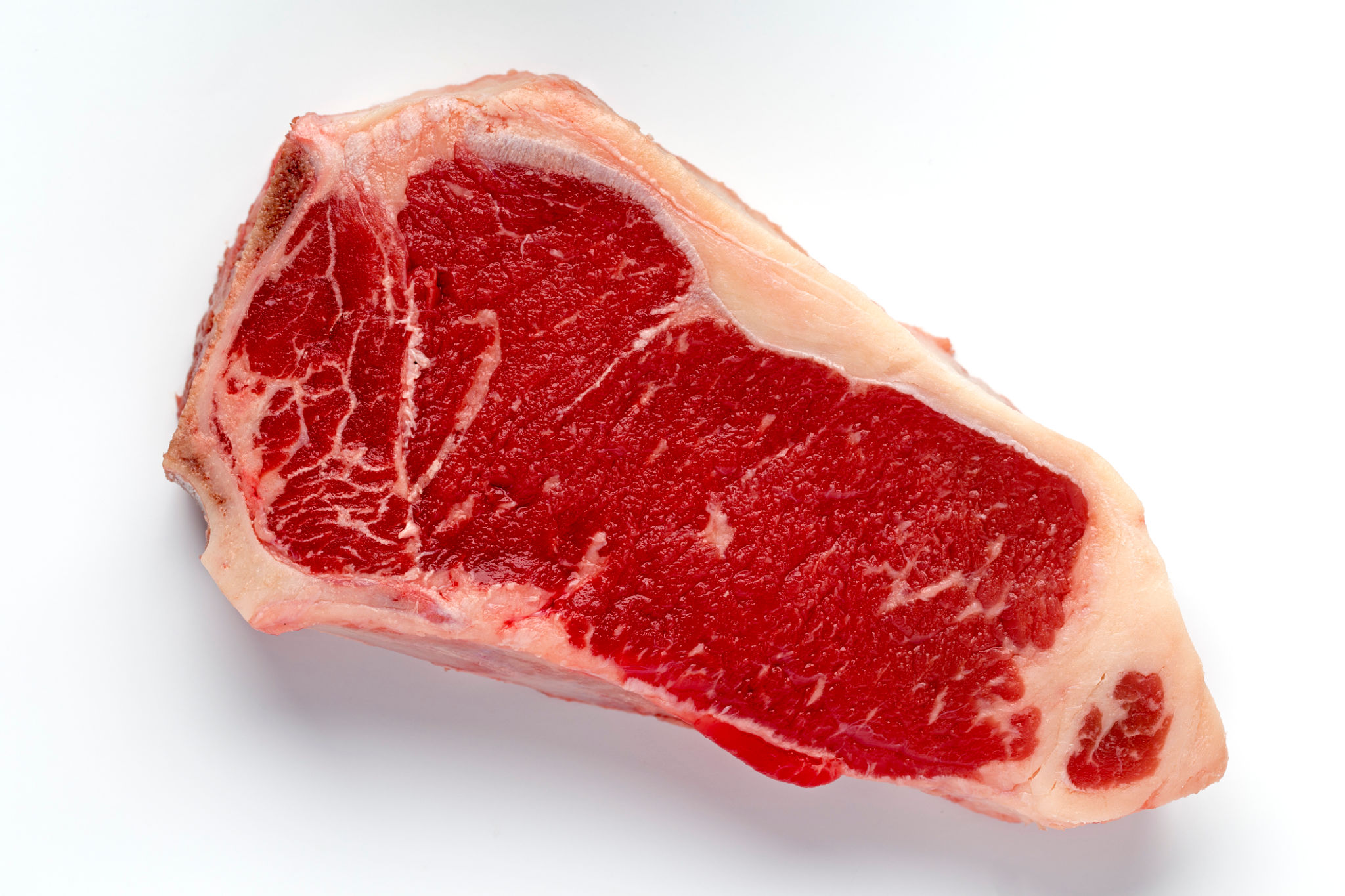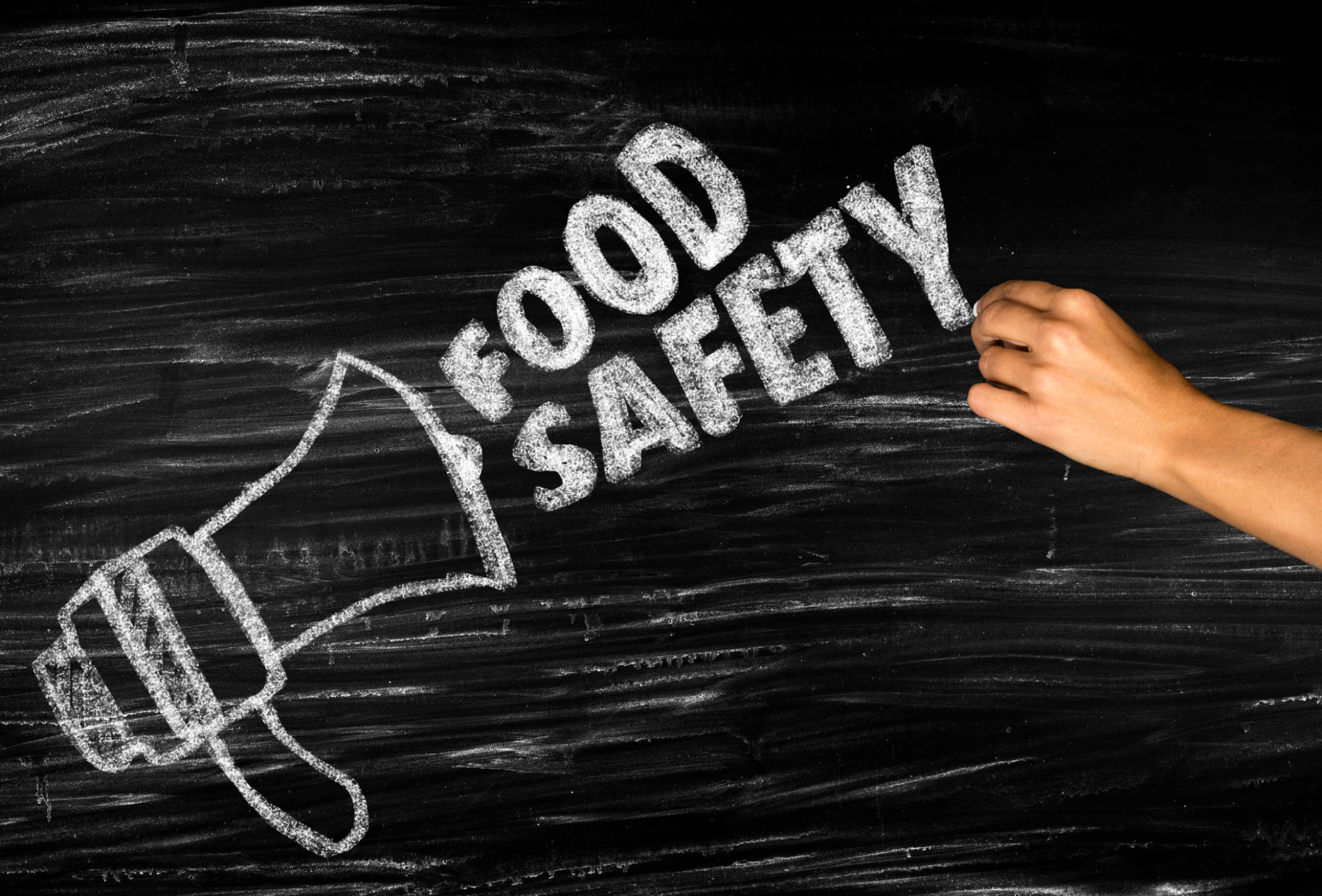Why Importing U.S. Grass-Fed Beef into Asia is a Smart Choice
OP
The Growing Demand for Grass-Fed Beef
The popularity of grass-fed beef has been on the rise globally, and Asia is no exception. Consumers are becoming increasingly health-conscious and environmentally aware, driving demand for high-quality, sustainably produced meat. The trend toward healthier eating habits has led many in Asia to seek out grass-fed beef, known for its superior nutritional profile and environmental benefits.

Health Benefits of U.S. Grass-Fed Beef
Grass-fed beef from the U.S. is renowned for its health benefits. It contains higher levels of omega-3 fatty acids, which are essential for heart health, and is rich in antioxidants such as vitamin E. Additionally, grass-fed beef has less total fat compared to grain-fed alternatives, making it a leaner choice for those looking to maintain a healthy diet.
For consumers in Asia, where heart disease and obesity rates are rising, incorporating U.S. grass-fed beef into their diets can be a beneficial choice. This type of beef also provides a higher amount of conjugated linoleic acid (CLA), which has been linked to reduced body fat and improved metabolic health.
Sustainability and Environmental Impact
Another significant advantage of U.S. grass-fed beef is its sustainability. Grass-fed cattle are raised on pastures, which promotes biodiversity and soil health. This method of farming reduces carbon emissions and enhances the ecosystem compared to conventional feedlot operations.

For Asian countries committed to reducing their carbon footprint and promoting sustainable agriculture, importing grass-fed beef aligns with these environmental goals. The U.S. cattle industry has made substantial efforts to ensure their practices are eco-friendly, further supporting sustainable consumption.
Quality Assurance and Safety Standards
The U.S. is known for its stringent food safety regulations and quality assurance standards. This commitment ensures that the grass-fed beef exported to Asia meets high safety standards, offering consumers peace of mind regarding the quality of their food.
Importing U.S. grass-fed beef means access to consistently high-quality meat that adheres to rigorous health and safety protocols. This is particularly appealing in markets where food safety is a top concern among consumers.

Market Opportunities for Retailers
For retailers in Asia, importing U.S. grass-fed beef represents a lucrative opportunity to meet growing consumer demand for premium meat products. Offering grass-fed options can differentiate retailers from competitors and attract health-conscious consumers seeking quality over quantity.
- Introducing new product lines with grass-fed beef options.
- Catering to niche markets focusing on health and sustainability.
- Enhancing brand reputation by aligning with global quality standards.
The Future of Grass-Fed Beef in Asia
The future looks promising for U.S. grass-fed beef in Asia as awareness and demand continue to grow. With increasing consumer education about the benefits of grass-fed products, the market potential expands further.
By investing in this market shift now, businesses can establish themselves as leaders in the premium beef sector, benefiting from a trend that shows no signs of slowing down.
